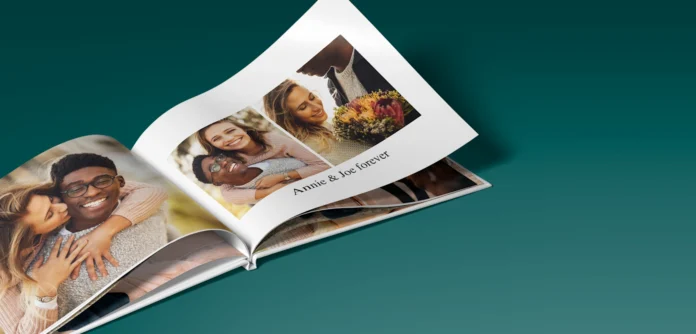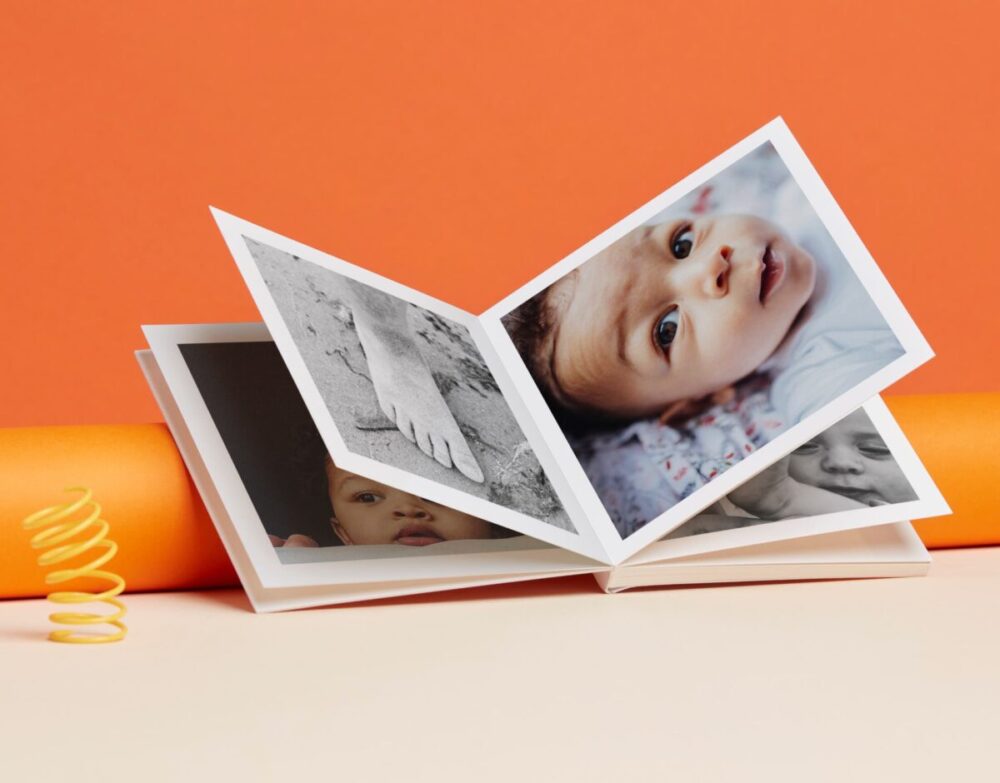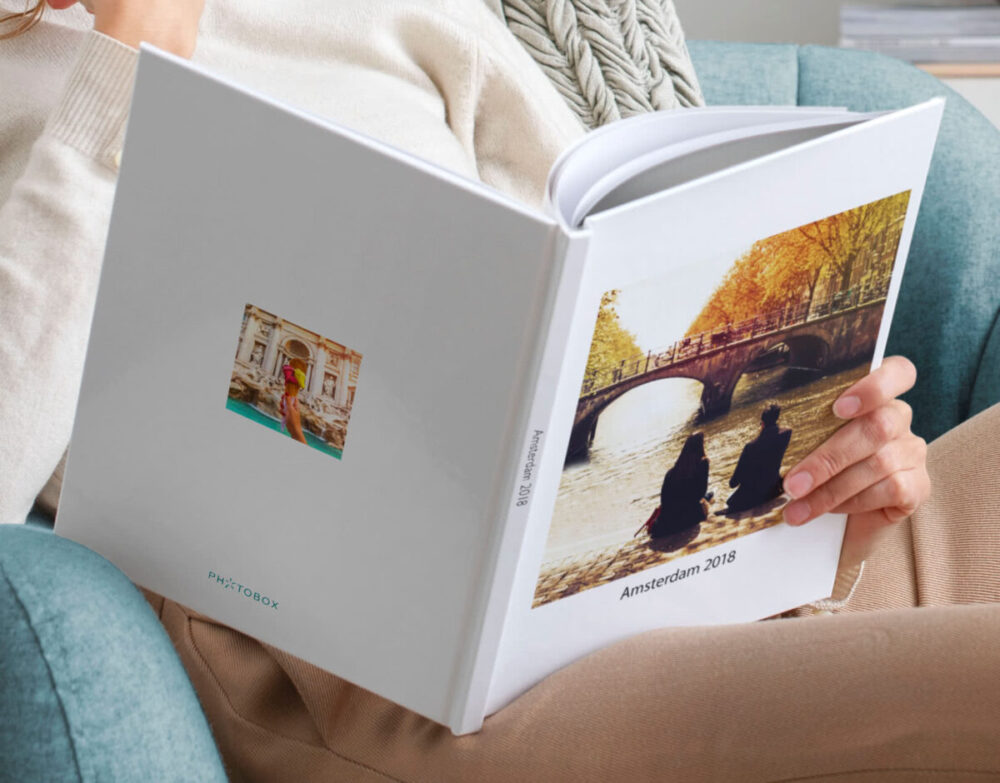
In today’s fast-paced digital world, educators are always on the lookout for innovative and engaging tools that can enhance the learning experience for their students. Photobooks, often overlooked as a simple medium for showcasing photographs, have emerged as powerful educational tools. In this blog post, we will explore the various ways in which they can be integrated into the classroom and how they can contribute to a more enriching and comprehensive learning experience.
Enhancing Visual Literacy and Storytelling
Photobooks offer a unique opportunity for students to explore visual narratives and develop their storytelling skills. By presenting a series of images in a carefully crafted sequence, photo books can convey complex ideas and emotions that go beyond the written word. Students can learn to interpret visual cues, develop a deeper appreciation for the art of photography, and improve their own storytelling abilities by studying and creating their own photobooks.
Encouraging Creativity and Self-expression
As a medium that combines images and text, photobooks provide students with a platform to express their thoughts, ideas, and emotions in a creative and personal manner. Creating a photobook can be a transformative experience for students, as they learn to experiment with different layouts, perspectives, and design elements to effectively communicate their vision.
Strengthening Memory and Retention

The combination of visual and textual information in photobooks can significantly enhance memory and retention. Studies have shown that students are more likely to remember information when presented in a multimodal format, as opposed to a purely textual one. Photobooks serve as valuable supplementary material for traditional textbooks, helping students better understand and recall complex concepts.
Facilitating Multicultural Understanding and Empathy
Photobooks can provide students with a window into the lives and experiences of people from different cultures and backgrounds. By exposing students to diverse perspectives, these books can help foster empathy, understanding, and tolerance while broadening their worldview.
Promoting Environmental Awareness and Sustainability
Through powerful imagery, photobooks can raise awareness about pressing environmental issues and the need for sustainable living. Students can gain a deeper understanding of the challenges facing our planet and be inspired to take action in their own communities.
Combining Art and Science for Holistic Learning

Photobooks can bridge the gap between art and science, providing students with a comprehensive understanding of complex subjects. For example, a photo book on wildlife can combine stunning images with scientific information about animal behavior and ecosystems, creating an engaging and immersive learning experience.
Boosting Engagement and Motivation
The visual appeal and interactive nature of photobooks can help boost students’ engagement and motivation levels. As students explore the pages, they are more likely to be intrigued by the content and inspired to learn more about the subject matter.
Conclusion
These learning tools have emerged as versatile and engaging educational tools that can enhance the learning experience for students of all ages and abilities. By incorporating them into the classroom, educators can foster visual literacy, critical thinking, creativity, and empathy, while providing students with a more holistic and inclusive education. As we continue to embrace digital technologies and strive for innovation in education, photobooks will undoubtedly play a crucial role in shaping the future of learning.








